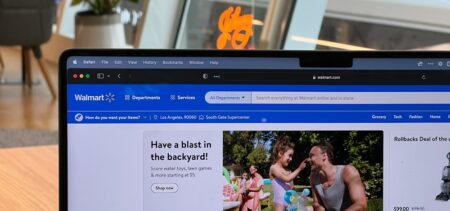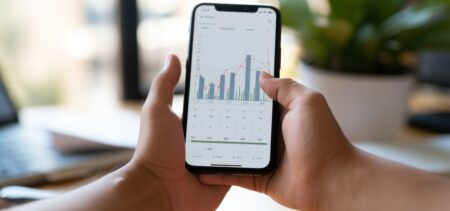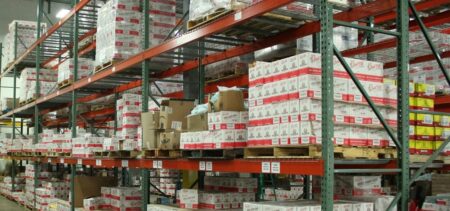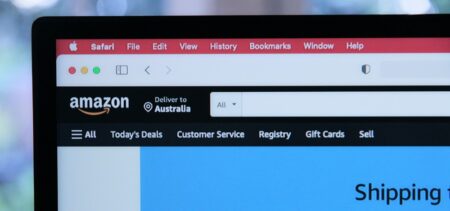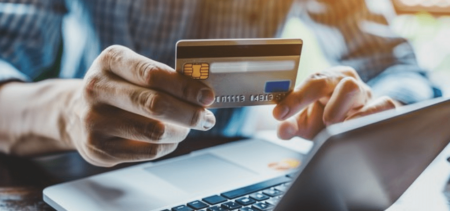The question of E-commerce eating into retail is persistent over the Internet. The more radical approaches to this subject have even created panic among retailers. But what is really happening, aside from the eternal appetite for novelty that somehow over-inflates facts?
Not long ago, statistics showed that around 50% of online sales belonged to retailers who also owned traditional stores. And from the total of sales, around 5% covered online exclusive retailers.
But almost a year later dozens of major retail chains have announced upcoming closures. In what has been named a ” retail apocalypse “, Abercrombie & Fitch, Barnes & Noble, Chico’s, Children’s Place, Coach, Fresh & Easy, Gymboree, JCPenney, Macy’s, Office Depot, Pier One, Pep Boys, and others plan to shut down their physical retail locations. We are talking about companies selling everyday products, and their reasons would be the living costs, which drive consumer spending towards digital. Why buy groceries from the shop down the street when you can have them delivered to your doorstep and it might be even cheaper? Of course, this rhetorical question applies to other non-luxury products as well. The pattern here would be that mass produced merchandise does not support its physical retail side costs anymore.
It also turns out that online buyers shop for physical things for more than a half worth of their entire purchases
Mobile commerce features 51% physical goods, followed by a 38% of games shopping. The same Javelin study points out that buying physical goods is on the rise for the mobile customers’ category.
Which brings us to another tendency – retail customers still enjoy the hands-on contact with the merchandise. As much as 87% (92% in the case of Millenials) of shoppers still care for and like to shop in brick-and-mortar stores. Several elements that describe physical stores are important for the shopper in validating their final decisions. Touch (tactile perception), personalization or knowledge of the products seems to be most valuable.
Ecommerce is gradually trying to meet customers’ classical requests by using virtual fitting rooms and thus preventing some of the merchandise return cases
The return policy is important in Ecommerce and its customer-friendly variations can put a lot of stress on the company. Therefore preventing returns might be a good move and virtual fitting rooms could provide a solution, as long as the experience is a positive one from the customer’s point of view. A difficult interaction reflects on the company and not on the software’s authors in this case.
It seems it’s up to the retailers to choose how they want to solve the customers’ ambiguity. Meeting the needed physical validation of their options with the rapidity of online shopping and delivery – a simple yet complex equation.
Some e-tailers are venturing in premiere into physical retail
It’s the recent case of Graze and Birchbox. Commercializing healthy snacks, Graze launched on 12 July in over 1,200 branches worldwide. Birchbox, on the other hand, commercializes monthly makeup samples and cultivates a New York based clientele. It recently announced an open vote for three additional physical stores locations. Clothing company Bonobos and Rent the Runway both made similar moves.
Demonstrating both possible approaches of the physical store accompanying ecommerce, here is a recent situation. In UK John Lewis announced that customers would pay for picking up in store after buying online. Its competitor Marks & Spencer announced plans to expand its free click-and-collect program to 100 of its locations.
So while some retailers are downsizing their physical locations or plain shutting them down, some e-tailers just began to expand in this direction. The statistics might just show constant numbers if the reverse trajectory move will spread.
Therefore, yes, E-commerce is eating into retail. And no, it is not statistically eating into retail if e-tailers continue to compensate by opening physical stores. Although it might become a luxury to be able to offer customers a brick-and-mortar store experience in parallel with the online one.












